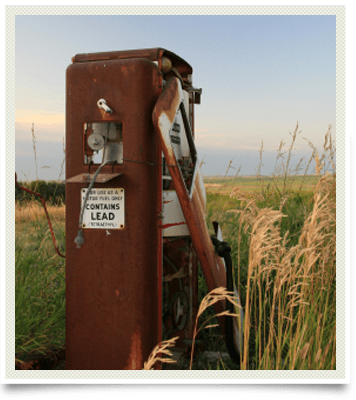
Lead
Sources and Risks
Lead is a heavy metal that was used extensively in the past in paints, gasoline, cosmetics, plumbing, and automobile engines. Due to lead being a carcinogen and the other toxic effects of chronic lead exoposure, most of the lead has been removed from products used in the United States.
Unfortunately, lead has been noted in:
- Boxed wine
- Dish-ware imported from Mexico/other countries
- Ayurvedic herbs
- Vinyl lunchboxes
- Children's jewelry
- Imported candy/food from Mexico
- and drinking water
A few high-risk occupations for lead exposure are:
- Construction Workers
- Welders
- Auto Mechanics
- Plumbers
- Painters
- Paint/Ink Manufacturers
- Munitions Specialists
- Ceramicists
Approximately 30-40% of the inhaled molecular lead is absorbed into the bloodstream and infants can absorb up to 50% of the lead ingested from food, soil, and contaminated water. Lead transmission can occur in utero as well.
The primary site of storage of lead in the body is the bone. However, the liver is the second large repository followed by the kidneys, pancreas, ovary, spleen, prostate, adrenal gland, brain, fat, testes, heart, and skeletal muscle.
Populations at risk for lead toxicity due to bone mobilization include:
- Postmenopausal Women
- Pregnant Women
- Hyperthyroid Patients
- Cisplatin Chemotherapy Administration
- Patients with Osteoporosis
Symptoms of chronic lead exposure include:
- Nausea/Vomiting/Abdominal Pain
- Short Term Memory Loss
- Depression
- Headaches
- Numbness/Tingling in Extremities
- Cognitive Impairment
- Constipation
- Impotence
- Fatigue/Lethargy
- Anorexia
- Tremors
- Personality Changes
